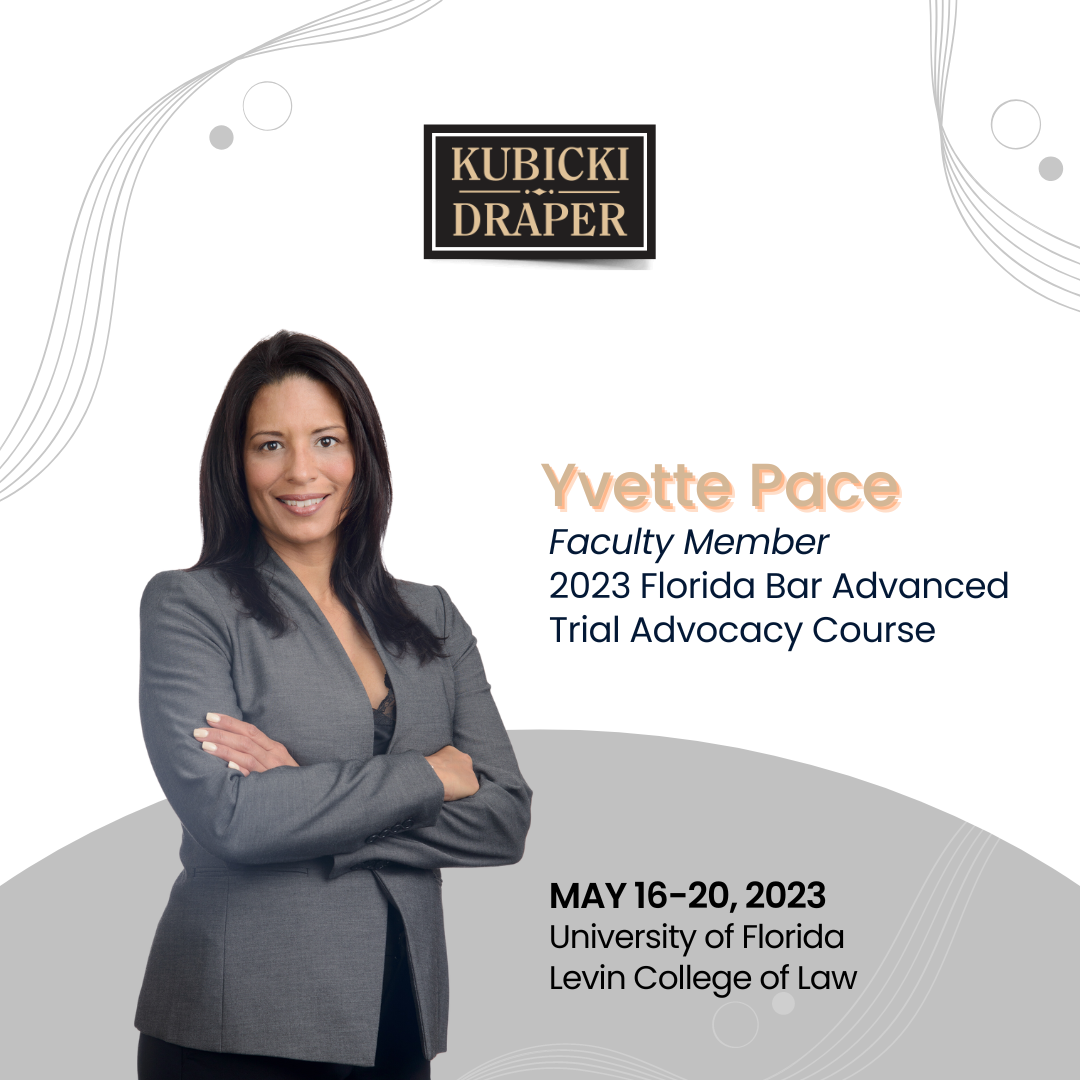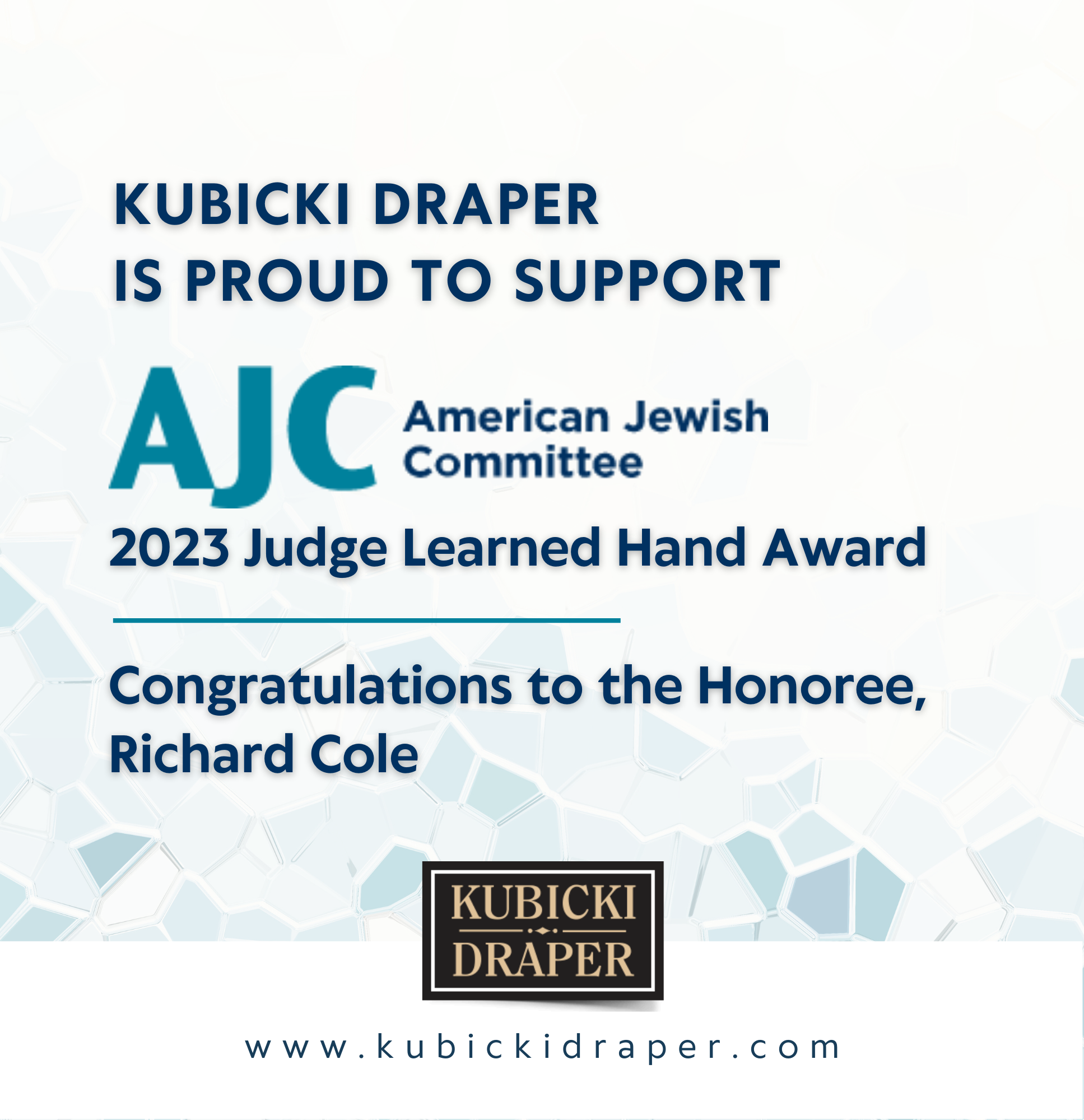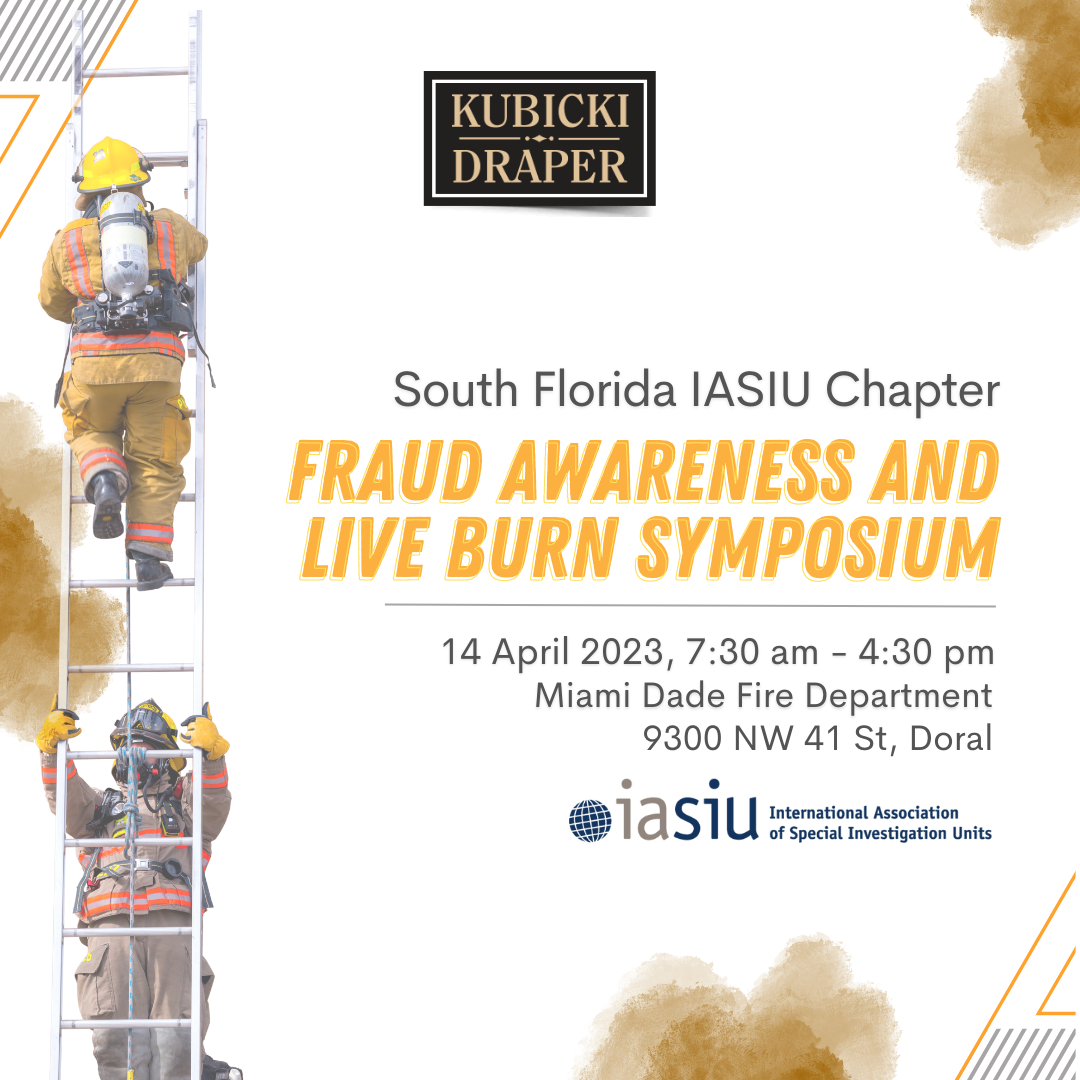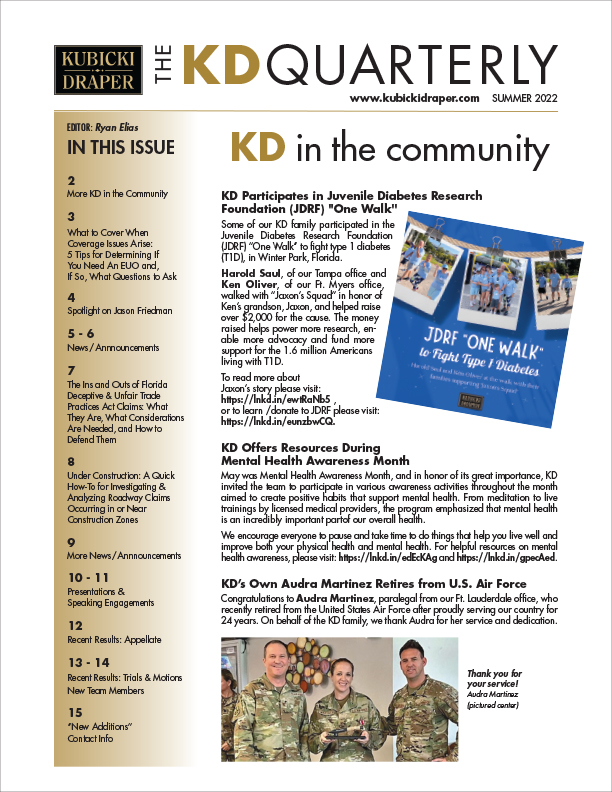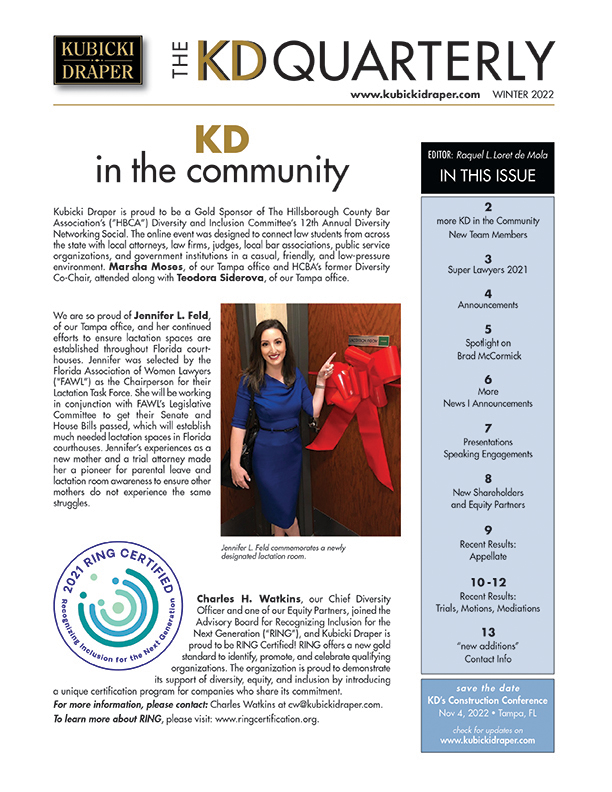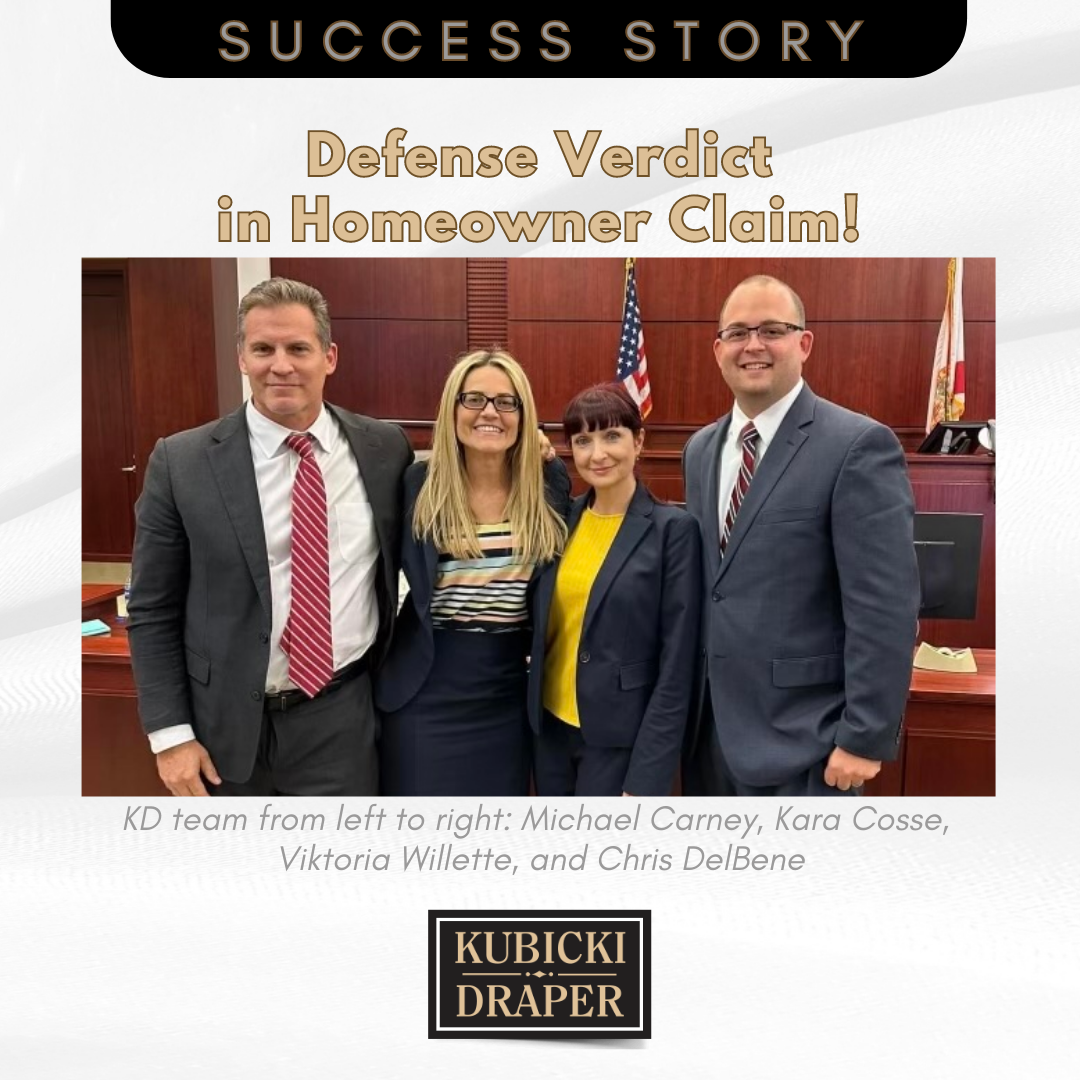The Role of the Condominium Act and the Condominium Declaration
For condominiums in Florida, the Florida Condominium Act plays a central role.[1] While the condominium itself can be comprised of one or many buildings, the condominium association, as an entity, is a legal fiction created by statute. Indeed, the manner by which a condominium association can come to exist is codified in Section 718.103, Florida Statutes. In particular, the condominium is created by “declaration,” which is a document otherwise known as the condominium declaration.[2] The powers of the condominium are generally set out in §718.111, Fla. Stat., except as expressly limited by, among other things, the “declaration of condominium.”[3] To this end, “[t]he declaration, which some courts have referred to as the condominium’s constitution, strictly governs the relationships among the condominium unit owners and the condominium association.”[4] These relationships are inclusive of certain duties which, as we will be discussing in greater detail below, extend well beyond the association-unit owner relationship. In light of this, the Condominium Act and the Declaration can potentially create a legal minefield for any condominium association to navigate. This spans from how the condominium property is cared for to how the declaration itself is written. An understanding of the potential pitfalls, however, can help create a system of best practices to reduce the risk of liability.
Perhaps the most common among condominium duties—and the one most frequently relied upon for liability theories—is the duty to maintain “common areas.” Condominium associations are required by the Condominium Act to maintain common areas.[5], [6] Prime examples of these areas are parking lots, hallways, lobbies, and recreation areas. Of course, the association is permitted to define what the common areas are on the property, including limited common areas where maintenance obligations are placed upon the unit owner (such as on a balcony, but not on the exterior of the balcony that might only be accessible with scaffolding or staging). As discussed further below, the duties associated with maintaining these areas are generally those owed to any invitee, but also include being reasonably safe in the performance of any repairs to a common areas (and this includes potential exposure for negligent work of contractors).[7] In a general sense, these duties can be as simple as repairing potholes in a parking lot to as challenging as proper precautions for multi-story flooring work in common hallways.
Conversely, the Condominium Act and the declaration do not necessarily place everything at the feet of the condominium association. To be sure, unit owners—along with their tenants and guests—have their own obligations and not all liabilities necessarily implicate the association. For example, common areas typically do not include the interior of a unit, nor a limited common area. These areas are typically the responsibility of the unit owner. Moreover, Florida law still requires one to act with reasonable care.
With the above in mind, we will now discuss specific duties that can be imputed on the association, along with the scope of such duties. We combine the discussion with some real-world examples for additional context.
Association Duties and the Scope of Its Duties
As with any other corporation or legal entity, condominium associations can face potential liability for injuries sustained by individuals on their premises.[8] The legal duty owed by a condominium association to persons who visit the condominium property hinges on two factors: (1) the status of such persons in relation to the condominium’s property, such as whether a person is a trespasser, a licensee, or an invitee[9]; and, (2) the duties prescribed by the declaration of condominium, which set forth the boundaries of the common elements of the property.[10]
Pursuant to Chapter 718, Fla. Stat., a condominium association owes invitees a duty to exercise reasonable care and diligence to keep its premises (common areas) in a reasonably safe condition for the uses contemplated by the invitation and to warn the invitee of known dangers, or dangers that ought to have been known, and of which the invitee was ignorant.[11]
While each association may define the common elements differently, they typically include the following:
-
condominium or association property not included within the units or homes (common areas);
-
easements of support within a unit that contribute to the support of a building;
-
easements through units for conduits, ducts, plumbing, wiring, and other facilities for the furnishing of utility services to units; and
-
the property and installation required for furnishing utilities and other services to more than one unit or to the association property.
Most premises liability claims against condominium associations arise from use of the common areas of the property, such as pool(s), tennis courts, common walkways, stairs, and parking areas. If these areas are neglected or run down, they can ultimately generate dangerous conditions that could cause an invitee to be injured. Therefore, it is important for condominium associations to implement policies for the inspection and maintenance of these areas to ensure they remain free of potentially dangerous conditions.
Many times, condominium associations contract their responsibilities to property management companies, who assume responsibility for many of the association’s duties, including maintenance of the common areas. The assumption of responsibilities by a property management company by virtue of its contract with the condominium association, however, does not relieve the condominium association of its non-delegable duty to maintain the common areas.
A non-delegable duty arises in situations where, for policy reasons, an owner and/or possessor of land is not permitted to shift the responsibility to maintain its premises in a reasonably safe condition. Consequently, although a condominium association may contract with a property management company to maintain the common areas of its property, a party injured by an unsafe condition in a common area of condominium property may still make a claim against the condominium association.[12]
A condominium association’s non-delegable duties may also be created by the amenities provided in the declaration of condominium. For example, if a condominium association provides access to valet services to its unit owners and/or guests, the association may be deemed to owe a duty to provide a reasonably safe service to individuals who utilize the valet. In a prior case, a valet service was provided to all unit owners as part of the condominium declaration (and was paid by all unit owners via the monthly maintenance fee). One morning, a valet driver was attempting to back a vehicle to another area of the property and accidentally backed into a unit owner that was walking across the parking lot (rendering him a quadriplegic). The association, in addition to the valet company, was sued on grounds that it owned a non-delegable duty to provide valet services with reasonable care—irrespective of whether the actual act was committed by the valet driver. This argument was presented to the judge on summary judgment and was granted in the Plaintiff’s favor.[13]
Condominium associations can also be liable to parties for injuries stemming from the use of vendors or contractors. For example, condominium associations have been liable to victims of criminal assaults and other violent crimes that occur on association property when the association agreed to provide security or voluntarily undertook the task of contracting security personnel for the property. In Vazquez v. Lago Grande Homeowners Association, 900 So. 2d 587 (Fla. 3d DCA 2005), the ex-husband of a guest of the condominium gained entry to the property and shot and killed his ex-wife and another resident. The Court ultimately held that the association was responsible for the shooting deaths. According to the Court’s reasoning, association—in contracting with association members to provide security services—had a non-delegable duty to provide such services with reasonable care and was vicariously liable for the for the security company’s acts and omissions in the performance of such services.[14]
Another example is a prior case where an association retained flooring contractors to replace carpeting in the common hallways of an 18-story building. An elderly unit owner stepped out of her unit and onto the exposed concrete floor (the carpeting had already been removed and glue was spread across the floor). The unit owner became stuck in the glue and fell, injuring herself. The association was sued on grounds that there was insufficient warning and insufficient precautions taken to prevent the incident, even though the contractor was performing the work.
The examples above are intended to capture the general principles behind association premises liability. While an association’s obligations can be interpreted very broadly, there are ways to limit the potential for liability by exercising certain steps. The following section sets forth some ways to limit the risks involved with condominium management.
Potential Defenses
Indemnity
Indemnification is the legal concept of shifting the responsibility for a loss to another.[15] In simple terms, the argument is stated like this: “If I am responsible to the plaintiff, then you are responsible to me.” Although the concept is seemingly straight-forward, indemnity can take different forms and is subject to close scrutiny by the courts. Consequently, a condominium association must take care when entering into contracts containing indemnity provisions and understand the circumstances when indemnity can be imputed under the law.
There are three types of indemnity: common law indemnity, contractual indemnity, and statutory indemnity.
For a party to prevail on a claim for common law indemnity, the party must satisfy a two-prong test.[16] “First, the party seeking indemnification must be without fault, and its liability must be vicarious and solely for the wrong of another. Second, indemnification can only come from a party who was at fault.”[17] “If both parties are at fault, no matter how slight the fault of the party seeking indemnity, recovery for common law indemnity is precluded.”[18] In other words, the party seeking indemnity (the indemnitee) must be 0% at fault and the party from whom indemnity is sought (the indemnitor) must be 100% at fault. Common law indemnity also requires a special relationship between the parties. The term special relationship describes a relationship “which makes a faultless party only vicariously, constructively, derivatively, or technically liable for the wrongful acts of the party at fault.”[19] When deciding whether or not to seek common law indemnity, ensure that a special relationship truly exists.[20]
Contractual indemnity arises by written agreement. Contractual indemnity is not concerned with special relationships; it is concerned with the express terms of the agreement to indemnify.[21] In cases involving contractual indemnity provisions (which are often found in contracts with property managers, vendors, and contractors), the terms of the agreement will determine whether the indemnitor is obligated to reimburse the indemnitee for a particular loss.[22] In certain circumstances, however, Florida places strict requirements and limitations on indemnity provisions in written contracts. For example, §725.06, Fla. Stat. invalidates indemnity agreements in construction contracts unless certain criteria are met.
Lastly, statutory indemnity, as the name implies, is a right prescribed by statute. For example, §607.0850, Fla. Stat. provides that a corporate officer who has successfully defended claims brought against him or her by the corporation is statutorily entitled to seek indemnification for attorneys fees. In Wendt v. La Costa Beach Resort Condo. Ass’n., Inc., 64 So. 3d 1228, 1230 (Fla. 2011), the directors of a condominium association brought an indemnification action, pursuant to §607.0850, Fla. Stat., against the association for expenses incurred in defending a lawsuit for breach of fiduciary duty. The trial court dismissed the claim and the directors appealed. The Fourth District Court of Appeal upheld the decision, but certified conflict with a First District decision. Upon review, the Florida Supreme Court held that §607.0850, Fla. Stat., authorizes indemnification of attorney’s fees and costs to a director sued in first-party litigation by his or her corporation and remanded for consideration on the merits. In a subsequent case, however, the Third District held that a condominium developer could not seek indemnity against the principle of a management company under §607.0850, Fla. Stat., because (unlike Wendt) the management agreement lacked the “crucial, express language providing for indemnity […].” MVW Mgmt., LLC v. Regalia Beach Developers LLC, 230 So. 3d 108, 114 (Fla. 3d DCA 2017).
The Condo Constitution: Using the Declaration of Condominium as a Shield and a Sword.
Condominium living involves a “greater degree of restrictions upon the rights of the individual unit owners when compared to other property owners.”[23] The declaration of condominium is often referred to as the condominium’s constitution. It is “more than a mere contract spelling out mutual rights and obligations of the parties thereto—it assumes some of the attributes of a covenant running with the land, circumscribing the extent and limits of the enjoyment and use of real property.”[24] Restrictions contained within a declaration of condominium are “clothed with a very strong presumption of validity when challenged.”[25]
Because disputes often arise amongst individuals living in close quarters and sharing common areas, the condominium declaration should be carefully drafted, reviewed, and if necessary, amended, to set forth a clear and understandable framework for communal living. In many instances, separate rules and regulations are drafted, which create specific guidelines for residents. Indeed, most condominium disputes will be resolved through the application of a particular set of facts to the governing documents; therefore, it is worth taking the time to resolve ambiguities in the governing documents before disputes arise. Doing so will help promote harmonious living, and will provide for easier enforcement by the board of directors and/or property managers.
The governing documents can also be used to protect the association by limiting its liability in certain circumstance through the use of exculpatory clauses. Exculpatory clauses extinguish or limit liability through legal concepts such as disclaimer, assumption of risk, and release. Because exculpatory clauses are disfavored under the law, however, they will only be upheld if unambiguous.[26] That is, exculpatory clauses are not effective unless the wording of such clauses is so clear and understandable that an ordinary and knowledgeable person will know what he or she is contracting away.[27]
Trespassers and Unapproved Renters
Trespassers
Condominium associations, especially in densely populated areas, will likely face the issue of trespassing upon the common elements at some point. For example, a condominium in an urban area may be located next to a shopping mall, school, or park. A condominium may also contain desirable features such as pools, tennis courts, picnic areas, or open green spaces. These amenities often attract unwelcome visitors.[28]
In general, a trespasser is someone who enters another’s land or property without permission.[29] A landowner is under a legal duty to a trespasser to avoid willful and wanton harm to such person, and upon discovery of the person’s presence to warn him or her of known dangers not open to ordinary observation.[30] There is no duty, however, to warn a trespasser about a dangerous condition if the trespasser is already aware of the condition.[31] Liability for death or injury to trespasser under the influence of alcohol or drugs is also limited by statute.[32]
In Arp v. Waterway E. Ass’n, Inc., 217 So. 3d 117, 119 (Fla. 4th DCA 2017), the plaintiff took a shortcut through a shopping center and rolled her ankle on an allegedly loose paver. In addressing plaintiff’s argument, the court acknowledged that “when a landowner knows of the continued existence of previous trespassers over a substantial period of time, a trespasser who is injured on the land becomes elevated to the status of an uninvited licensee.”[33] Nevertheless, the court upheld summary judgment for the defendant on the basis that the defendant did not breach any duty to the plaintiff because, among other things, she was on the property late at night; she was not there to visit any of the businesses; and she was taking a shortcut on the property solely for her own convenience.
Despite the favorable outcome in Arp, a different set of facts could have easily changed the outcome. Consequently, associations should diligently monitor common elements for known hidden dangerous conditions and be aware of the legal duties potentially owed to the uninvited.
Unapproved Renters
An association has a legitimate interest in pre-screening potential residents in order to insure the safety and fiscal well-being of the community, and in order to enforce its documents relating to age restrictions permitted by law.[34] This principle is given statutory recognition in §718.104(5), Fla. Stat., providing that a declaration of condominium may contain covenants and restrictions concerning the “... use, occupancy, and transfer of the units permitted by law with reference to real property.”[35] It has been said that association restrictions have as their goal: the protection of the residents and the property of the condominium.[36]
Section 718.303, Florida Statutes also provides associations with four main remedies against tenants: 1) legal action for damages; 2) legal action for injunctive relief; 3) issuing fines; and 4) suspending use rights. Consequently, it follows that an association has the standing through one or more of these remedies to remove a tenant where the tenant is unapproved, constitutes a nuisance, or is otherwise in violation of the condominium documents.[37]
In closing, the realm of premises liability can be especially challenging for a condominium association to navigate. The challenges are not insurmountable, however, and their likelihood may be reduced or even avoided with a proper understanding of the interplay between Florida Statutes, Florida common law, and the condominium declaration.


[1] See Chapter 718, et seq., Florida Statutes.
[2] See Grove Isle Ass’n, Inc. v. Grove Isle Associates, LLLP, 137 So. 3d 1081, 1090 (Fla. 3d DCA 2014) (“A ‘declaration’ or ‘declaration of condominium’ is the instrument or instruments by which a condominium is created.”).
[4] Woodside Vill. Condo. Ass’n v. Jahren, 806 So. 2d 452, 456 (Fla. 2002).
[5] See Walters v. Beach Club Villas Condominium,Inc., 2020 WL 912943 *3 (Fla. 3d DCA Feb. 26, 2020)
[6] Note that common areas can also be interchangeably known as “common elements.”
[8] See Machin v. Royale Green Condominium Ass'n, 507 So. 2d 646 (Fla. 3d DCA 1987).
[9] For the purposes of this article, we will describe the duties owed by a condominium association to an invitee, as most guests to a condominium property will fit within the definition of an invitee who is on the property as a result of renting or owning a condominium unit.
[10] Grove Isles Ass’n Inc, supra
&



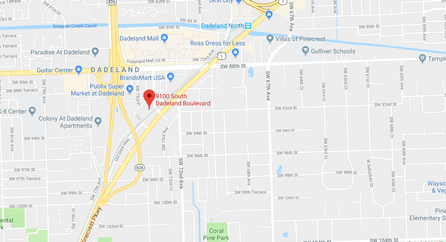
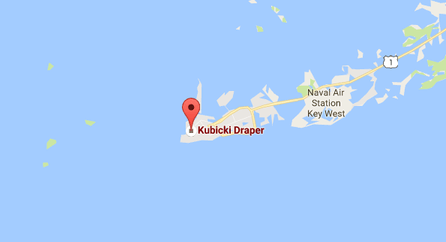
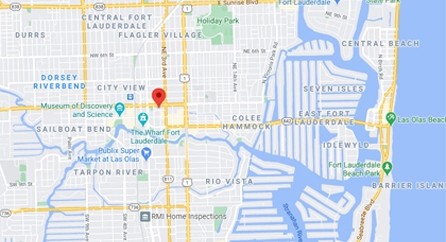
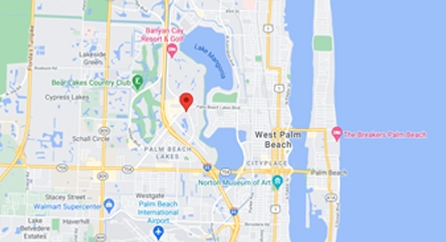
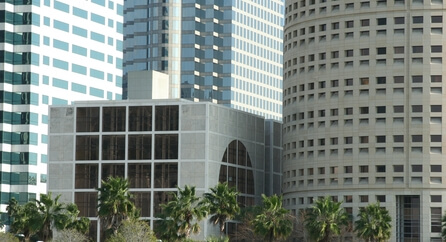
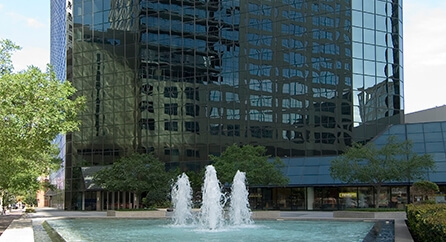
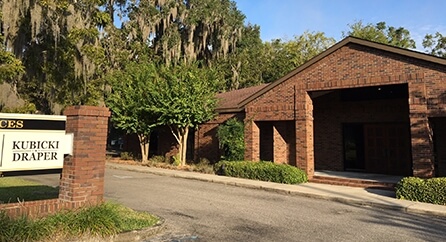
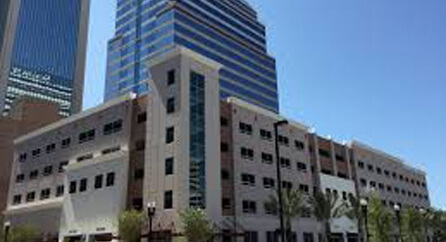
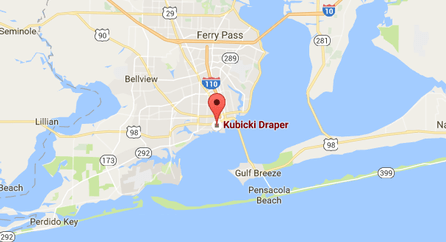
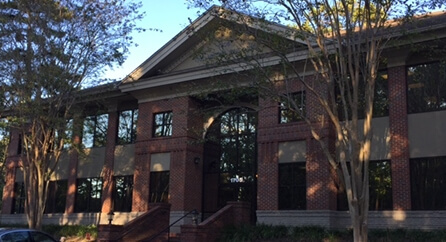
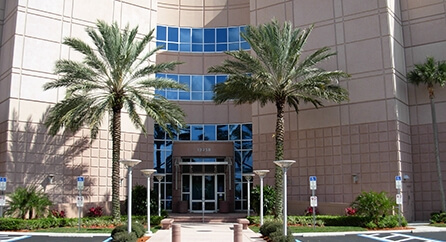
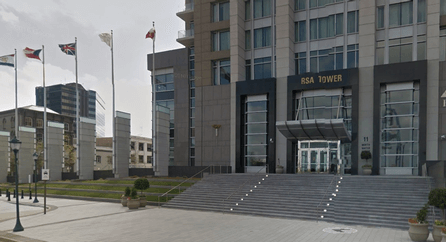
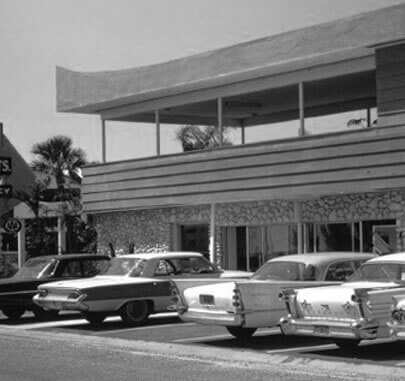



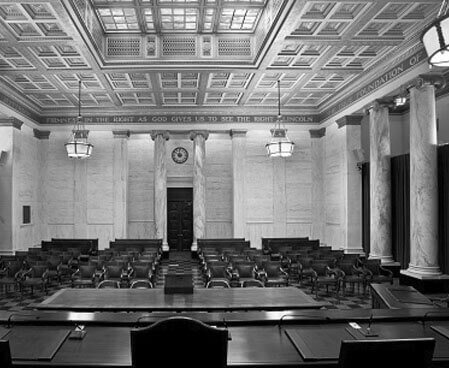

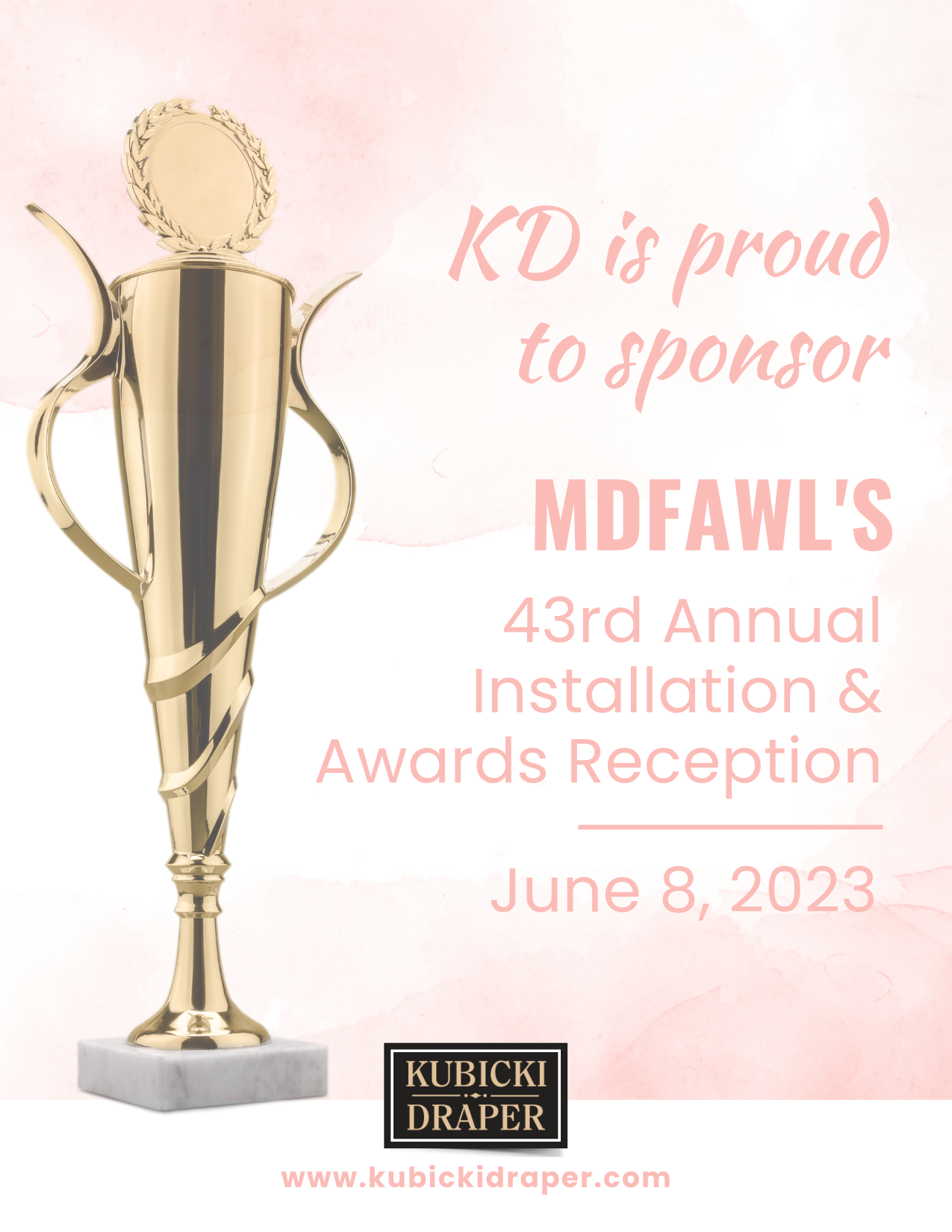
 .png)
